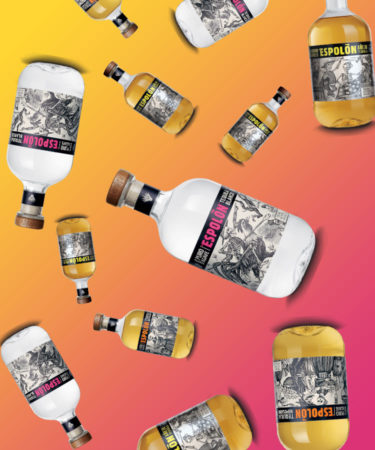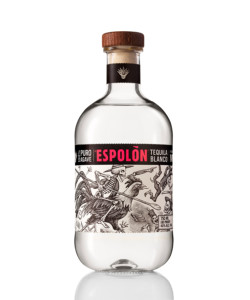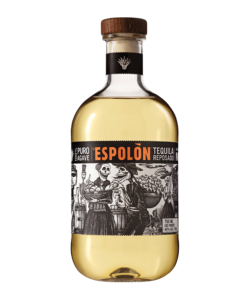Master distiller Cirilo Oropeza founded Espolòn Tequila in 1998 after studying the science of distillation and perfecting his craft for decades. Applying his wealth of knowledge, Oropeza helped bring his dream distillery to life: Destiladora San Nicolas.
A custom-designed facility located in the Los Altos region of Jalisco — an area commonly referred to as the “grand cru” of tequila — the San Nicolas Distillery was awarded “Best Tequila Factory” in Mexico by the School of Architects and Engineers of Jalisco.
The distillery is just one of a number of factors that have helped Espolòn Tequila become multi-award-winning in just over two decades. From viral marketing campaigns to the inspiring rock music that gets its yeast swaying, here are eight things you should know about Espolòn.
Espolòn honors Mexican culture.
Espolòn means “spur” in Spanish and refers to defensive spurs found on the rooster, a symbol of national pride in Mexico.
The labels of Espolòn’s Blanco tequila feature an illustration of one such rooster, Ramón. Espolòn refers to Ramón as its “icon and spirit animal.” Sitting atop Ramón in the illustration is José Guadalupe Posada, an iconic 19th-century Mexican artist and printmaker, and the pair are depicted charging into battle in the country’s 1810 revolution.
All Espolòn bottle labels evoke national pride. On the Reposado labels, Posada appears in a Mexican marketplace, and on Añejo bottle labels, Posada dances the forbidden Jarabe de Jalisco, a form of protest popularized in the years after the Mexican Revolution. Meanwhile, the black glass bottles for Añejo X are a tribute to barro negro pottery, a style common in Oaxaca.
Espolòn won’t ghost you.
As part of a viral marketing campaign for Valentine’s Day 2019, Espolòn set up a “Ghost Line.” The hotline, reached by dialing “1-800-Espolòn,” provided a space for broken hearts to spill their ghosting stories (perhaps after consuming a glass of tequila, or two).
Espolòn uses high-altitude agave for its tequila.
Espolòn produces tequila from 100 percent blue Weber agave grown in the “Golden Triangle” in Jalisco’s Los Altos highlands. The plants grow at altitudes of up to 2,000 meters above sea level.
Altitude affects flavor.
These high altitudes make for difficult growing conditions. This stress produces agave with higher sugar content and more intense flavor than plants grown in other regions.
Quartering the agave hearts adds further sweetness.
Following careful quality inspection, and prior to cooking, Espolòn cuts the hearts of the agave plants into four pieces rather than two, the industry average. This increased surface area, along with longer cooking times — 22 hours compared to the 18-hour standard — helps create a sweeter end product.
Agave likes to rock.
To “inspire” its agave to make great tequila, Espolón distillers play rock music during fermentation. “Yeast sways to the rhythm of music,” Oropeza says.
Espolòn uses two separate types of stills for distillation.
Espolòn uses both continuous “Coffey” stills and small-batch pot stills when distilling its tequila. The former yields a lighter, fruity distillate, while the latter’s product is earthy and heavier.
Espolòn has a specific barrel-aging program.
For its aged expressions, Espolòn rests its tequila in lightly charred American new oak barrels. Rather than use the industry-standard 500-liter barrels, the brand opts for a smaller 200-liter capacity, increasing the proportion of wood in contact with the spirit and adding complexity.
Espolòn’s Reposados age for a period between three and five months, while its Añejos rest for a total of 12 months in barrel — 10 months in new American oak, and the final two months in ex-Wild Turkey bourbon barrels.


